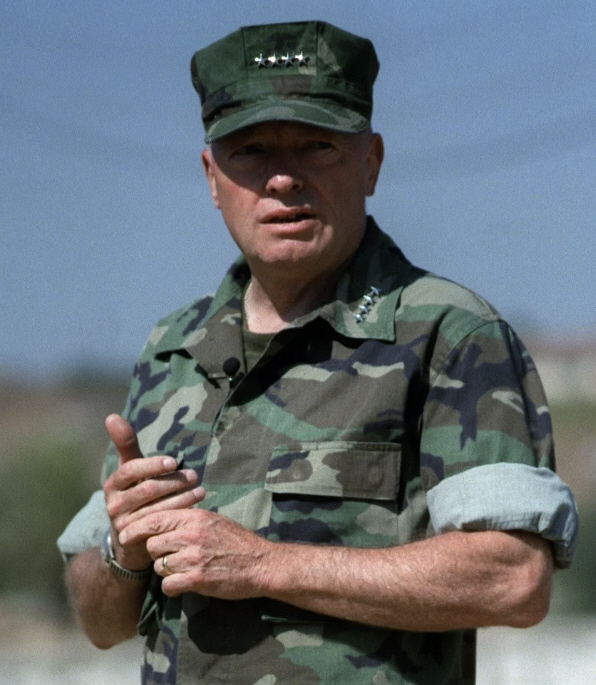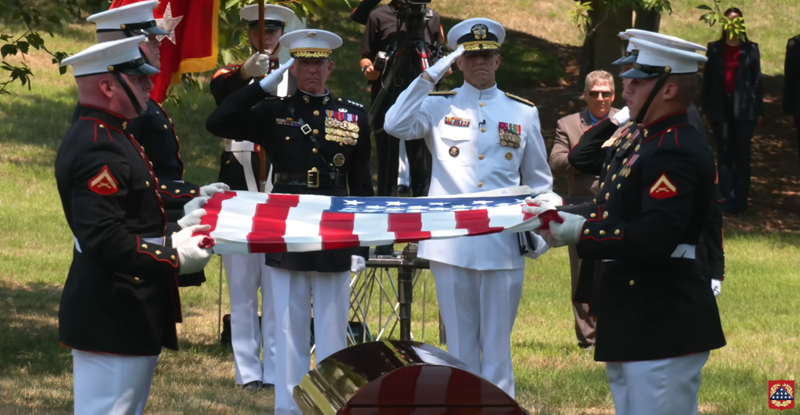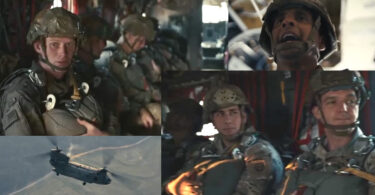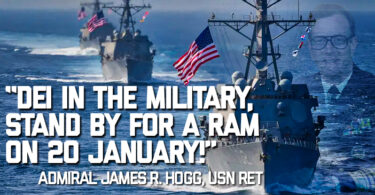By William S. Lind | American Conservative
 On July 29, I attended the funeral and interment at Arlington cemetery of General Alfred M. Gray, Jr., the 29th Commandant of the Marine Corps.
On July 29, I attended the funeral and interment at Arlington cemetery of General Alfred M. Gray, Jr., the 29th Commandant of the Marine Corps.
Many of us present feared we were also witnessing the funeral of the Marine Corps itself.
I met General Gray in the mid-1970s when he was a new one-star and I had just launched a campaign to change U.S. military doctrine from the French to the German model, under the rubric “maneuver warfare.” General Gray signed on at once. He did so not because I was so persuasive but because what I was advocating resonated with his own military experiences, experience that began when he arrived in Korea in 1950 as a Marine private.
In 1981, General Gray became the Commanding General of the 2nd Marine Division based at Camp Lejeune, NC. He promptly declared maneuver warfare the doctrine of his division, formed a Maneuver Warfare Board of young officers to make it happen (many were my former students) and began a series of free-play field exercises to develop and apply the new concepts.
I attended many of those exercises and, at General Gray’s request, led the critiques. I made sure those critiques were Prussian, not the usual American variety where everybody leaves feeling good.
General Gray embodied the quality the old Prussian Army looked for most when considering officers for promotion, Verantwortungsfreudigkeit, “joy in taking responsibility.”
Over and over throughout his career—and at great risk to it—“Al” Gray made decisions and acted as the situation dictated, not as his superiors wanted. Somehow, probably because of his superb troop leading ability, he survived and moved up in rank. In 1987, he became Commandant of the U.S. Marine Corps.
His commandancy was a time of exciting ideas, wide-open experimentation, intellectual ferment in a service not famous for that, and bright hope for the Marine Corps’ future.
General Gray’s reforms, including making maneuver warfare official Marine Corps doctrine and choosing a captain, John Schmitt, to work directly with him to write the best doctrinal manual ever published by an American armed service, FMFM-1 Warfighting, brough the Marine Corps tremendous support from the public, the press, and Capitol Hill.
By his funeral and burial, it had all crumbled into dust.
Warfighting still survives, but it is unread and ignored by a Marine Corps that has slumped back into French-style firepower/attrition warfare.
Officer education is dog training in rote processes, and troop training is 18th century formal drill with Marines considered trained if they do a task right once. Combatant commanders are not requesting Marines because they are poorly trained.
In Afghanistan, the Taliban called the Marine Scout/Snipers “the Marines who are well trained.” The last commandant, David Berger, responded by closing the Scout/Sniper school.
General Gray’s achievements had been fading for years, but under Berger the downward drift became a plunge.
When he was announced but not yet confirmed as commandant, General Gray called me and said, “Finally, we’ve got a guy who is going to do what we’ve known all along has to happen to make maneuver warfare real: fix the education, the training, and the personnel system.”
On being confirmed, Berger published his Commandant’s Guidance in the Marine Corps Gazette and it said exactly that. That was the last we heard of any of it.
Instead, the Marine Corps committed seppuku. It ripped its own guts out, getting rid of all its tanks, most of its artillery, infantry, aircraft—the list is endless.
This was all in service of a bizarre concept called Force Design 2030, under which the Marine Corps, which has always been a general purpose force, was to focus solely on taking meaningless sand-spit islands from the Chinese in a war that won’t happen because nuclear powers don’t fight conventional wars with each other, then mounting anti-ship missiles on them to shoot at Chinese surface warships. Those ships, like our own, will all be on the bottom or running for port in the first 24 hours.
Ironically, Force Design 2030 copies the Japanese Pacific strategy in World War II, with missiles replacing bombers and with the same fatal weakness that the islands cannot be resupplied. We just bypassed most of them, leaving the garrisons to starve.
General Berger thought the money he saved by gutting his own service would be his to spend on Force Design 2030. Of course, it all went back to the Office of the Secretary of Defense, as the system dictates it must. He was told this many times but refused to listen.
General Gray retired as commandant in 1991, 33 years ago. He remains the last great commandant.
The current commandant, General Eric Smith, appears to be an empty suit. The Corps still drifts toward Force Design 2030, leaderless and apparently brainless.
I was by no means the only one at General Gray’s funeral to feel disappointed with today’s Marine Corps.
It doesn’t have to go that way. General Gray’s work can be revived.
The Marine Corps can become the U.S.’s only service that can do maneuver warfare. It can take on the future threat we face, Fourth General war, war with enemies that are not states.
But if the trumpet sound uncertain, who will follow? The Marine trumpet that played taps over General Al Gray’s grave has gone silent.
First published in The American Conservative








Leave a Comment